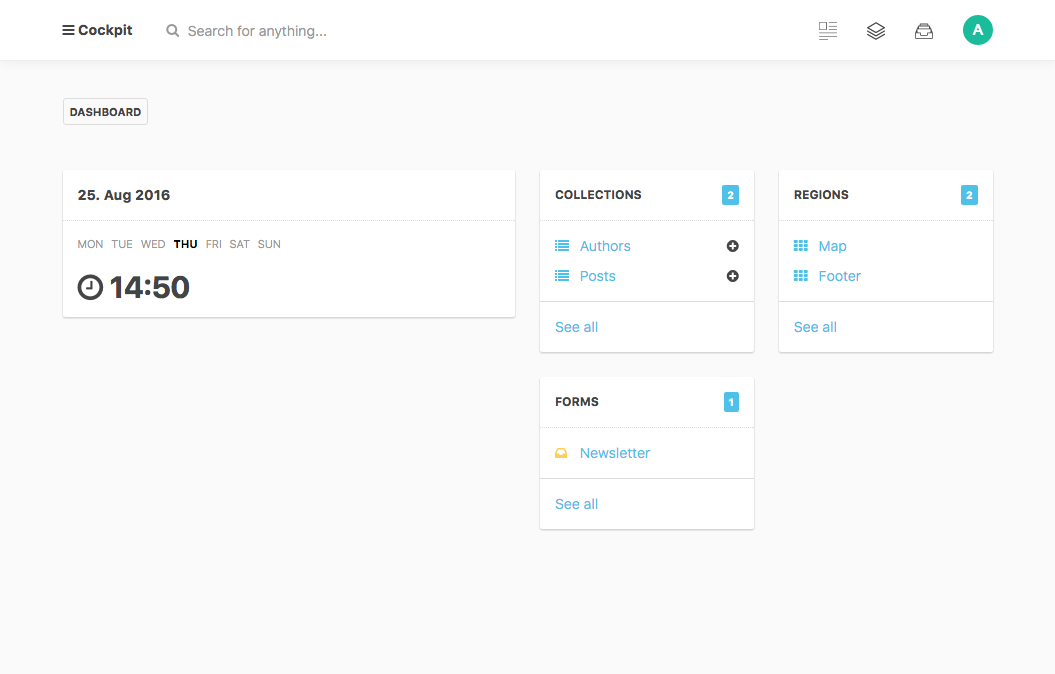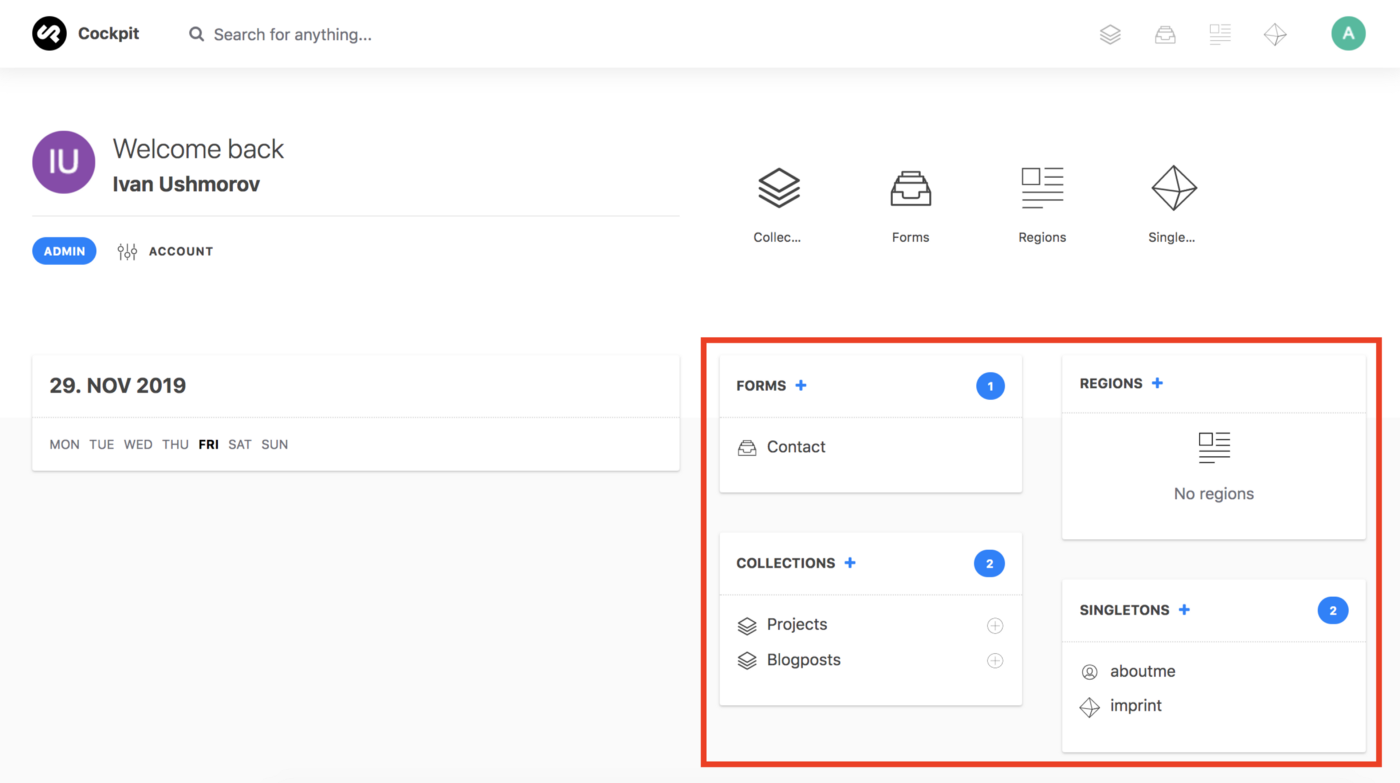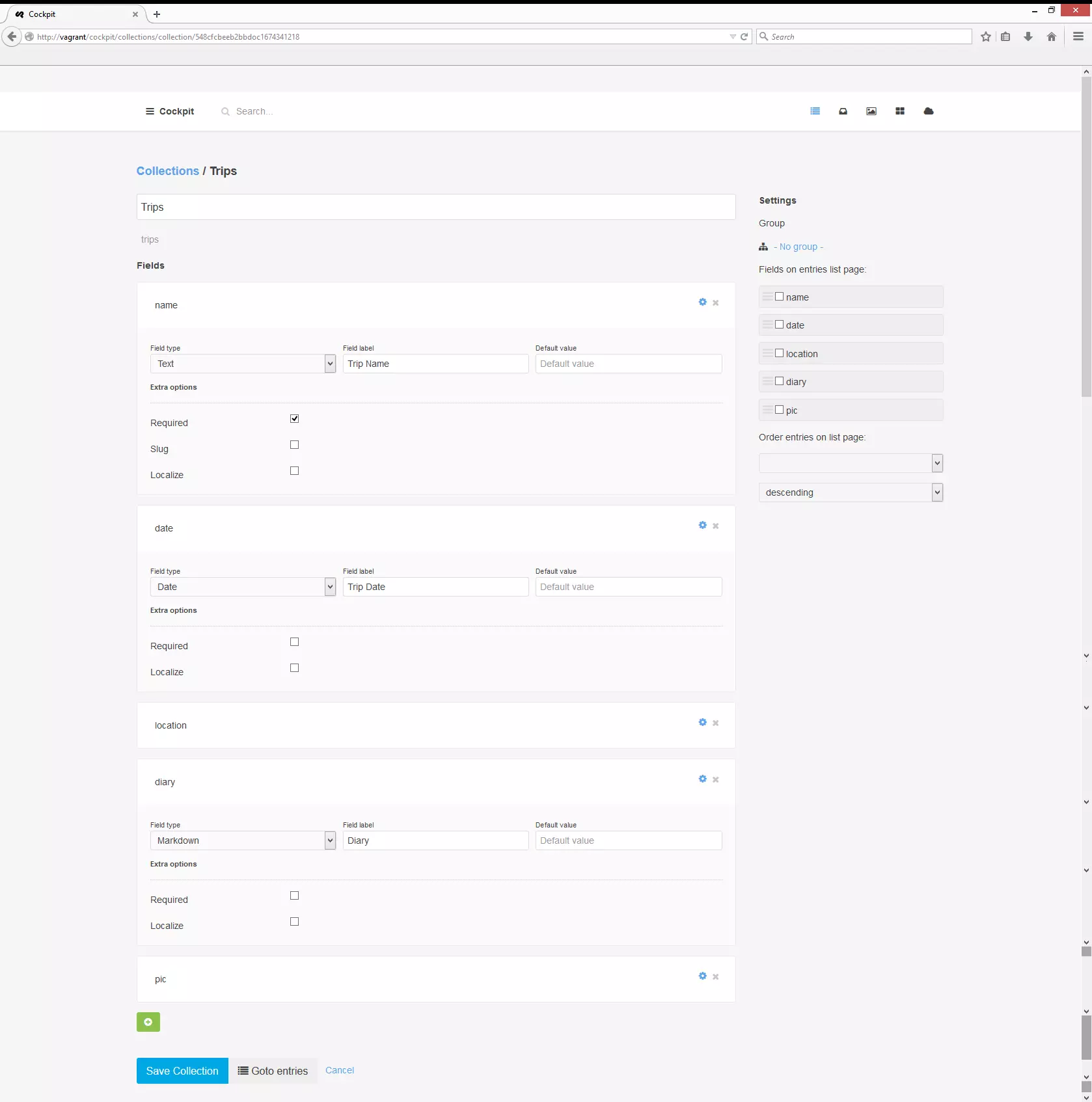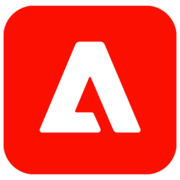

Cockpit CMS Reviews & Product Details
Cockpit CMS is a simple and lightweight headless content management system built for small and medium-sized businesses. It allows for a flexible and easy-to-use content management experience, allowing you to create custom content types and manage your website's content through a sleek, user-friendly interface. Cockpit CMS is perfect for those looking for a simple and efficient way to manage their website's content, without being bogged down by a complex CMS


| Capabilities |
|
|---|---|
| Segment |
|
| Deployment | Cloud / SaaS / Web-Based, Desktop Linux, Desktop Mac, Desktop Windows, On-Premise Linux |
| Support | 24/7 (Live rep), Chat, Email/Help Desk, FAQs/Forum, Knowledge Base, Phone Support |
| Training | Documentation |
| Languages | English |






Numerous gadgets can be upheld through a solitary tool. Conveying the tool is simple and should be possible in no time. Through codes, clients can list down every one of the information in a solitary go. Content can be gotten through API and custom codes can be broadened.
Cockpit needs to include effectively seeing the substance before it goes for distribution. Likewise, the documentation isn't extremely great. A component for keeping a record/track of changes ought to likewise be integrated.
Establishment is a problem-free cycle. It is a headless CMS. The choice to channel the substance in the hunt bar is a significant benefit where one can conclude what they need to see. The client care group is extremely agreeable and steady and promptly helps at whatever point one methodology.
The most delightful part in regards to Cockpit CMS is the way it permits me to show all the substance immediately, utilizing codes that are matched to each piece simply on the fundamental page. Additionally, it grants me to choose decisions inside the hunt page straightforwardly so I see the content I am keen on. Cockpit CMS is a headless substitution to every one of the most famous CMS instruments, which regularly incorporate a UI. Since it's open, I can see how it has been planned and cause changes or upgrade it as I feel fit. This is entirely recorded, and fully backed up by a few strong accomplices.
Cockpit CMS needs a capability that permits it to log changes as far as when they are finished and who makes them. Another weakness is the moderately troublesome UI, which may be further developed more client charming for non-tech clients. It was challenging for our staff to acquaint new capabilities with the administrator side, new information designs, or adjust central usefulness.
Cockpit CMS truly helped me in sorting out colossal measures of content and controlling their substance by straightforwardly utilizing article codes. This would have worked on the association's activities, bringing about fewer slip-ups and equivocalness. According to our client's details, they smooth out the distribution cycle by detaching content organization from consuming the substance.
Flexible to customer who uses it. Minimal limitations and restrictions. Less privacy concern. Support multiple devices via one platform. Easy and quick installation. The data filtering is easy. Hastle free running and usage.
Lack of option to preview the content is a big draw back. Documentation is also a bit difficult due to less number of features available. Need to be more iser friendly. The user interface is not that better. So difficulty in usage. Simple interface rather than a complicated interface can make it better.
The data is headless so the time consumption is very less. Codes which are provided makes it easy and fast to execute the operation. Organised website can be created with the tool.
This platform organizes the content provided on the site. flexible to the user. In no time, the process of installation completes. All the procedures from installation to management are without hassle. Well-organized websites are created and managed with the help of this tool.
The absence of previewing content makes users frustrated at times. Limited options for documentation are given by users. This delays the process of documentation and takes more time. Moreover, it contains a very complicated user interface.
Data can be listed in one go which saves users time and fastens the process. It is much appreciated by users. Codes are provided linked to executing the desired operation. It provides a search option that allows users for skipping to the relevant part. Well-organized websites are created and managed with the help of this tool.
I love the fact that I can install it in less then a minute and immediately start dropping dynamic sections on my website project. I also love how it uses SQLite as storage engine, so it's very simple to maintain and port across different servers.
I'm not a big fan of the module system, and the documentation is very lacking on the subject. Our team found it not that easy to add new features to the admin panel, new datatypes or change basic behavior.
I was in the market for CMS platforms to increase productivity in two kinds of projects: simple company/institutional websites, and massive web portals. Cockpit definitely solves the former with elegance, but stays far away from helping out with the latter. All in all, I'm very happy using it on the simpler projects, but I'm still looking for solutions for the big ones. We're currently running our in-house CMS for that, but I'd rather use an industry solution then maintain the in-house one.
The most lavishing thing that I like the most about this cockpit content management tool is its impeccable ability to deliver the best listing. Thus, product listing will be quite easy using this prestigious gadget and the coding will solve all your problems. Hence, you will not have to worry about security and other privacy concerns. The software helps the users in getting targeted results by filtering data. Furthermore, you will love using the SQL features here.
The lack of documentation features and the unavailability of previewing options make this software less demanding. Furthermore, the pathetic interface with complex features to use makes it clingier. The developers need to modify many features and make it worth the price. Additionally, the software doesn't take the responsibility of offering continuous reporting features.
It wouldn’t be wrong to say that it is one of the best content management solutions and take lead in offering the premium UX module. Furthermore, the software follows the advanced web technologies which help you to scale your establishment within days. On the whole, the software is perfect in terms of programming and an easy framework. So, use this sorted tool and make your best among all.
Cockpit CMS is a simple platform to manage our structured and complex content. They help us to manage our content flexibly with minimal limitations and restrictions. They help us to support multiple devices through a single platform. It is very easy to install and the installation process is completed in no time and we can start our project without any difficulty and hassle.
Cockpit CMS does not have a feature to easily preview our content. Also, they are lacking documentation, and also the documentation is very small and limited. Cockpit CMS needs to add a feature where we can track the changes concerning the time as there is no such feature included. They have a complicated interface that needs to be simplified and should be more user-friendly.
Cockpit CMS is a simple but powerful platform with a headless CMS and API approach that helps us to keep our content on first priority. They simplify the process of publication by separating content management from content consumption according to our client's requirements. They help us to define the content modules according to our requirements as they are not previously designed.
Cockpit CMS is a headless alternative to all the most well-known CMS platforms available to choose from that usually come with a UI. It's open-source, so I get to see how it was architected, and I can submit changes or extend it as I please. This CMS is also well documented and has support from some strong partners.
The is not much that I dislike. From a developer's perspective, I would like to see more documentation and more availability for the unit tests of the tool itself.
I have used Cockpit CMS a couple of times to build custom personal blogs, and the fact that all the management of the data is headless via API, something that many software developers are used to doing, saves me much time. The learning curve of other CMS platforms with complex user interfaces that take time to get used to is why many developers won't move to another tool or try something else.
The best thing about Cockpit CMS is that it helps me list down all the data in one single go with the help of codes that are aligned to each element on the main website. Likewise, it allows me to filter options in the search page itself so that I see data that I want
Cockpit CMS still doesn't have a feature wherein it can track the changes with respect to the time they are made and by whom they are made. Another downfall is the slightly complicated interface which could be made more user friendly for people from non technical background.
Cockpit CMS has helped me with arranging large sets of data and managing their content directly with the help of article codes. This has streamlined the processes within the organisation leading to less errors and confusion.
It was easy to setup. Design was clean and help to learn the UX at the admin panel.
Documentation was small, and the comminity is small compare to wordpress. Need more examples like social media sharing meta tagging or photogallery.
If client like to have easy cms.
Cockpit CMS allows developers to utilize their normal stack of web technologies (for me, Laravel and VueJS) while still allowing the client to have full control over content-managed areas of the site. This is different from most CMS applications (e.g. Wordpress, Drupal, Joomla!), where the developer must build the site, from the ground up, using the framework and programming languages available within the CMS. Cockpit can be easily dropped into any of my clients projects, to seamlessly allow them to update just the areas of the site they want to. This also prevents the common mistakes users of Wordpress and Drupal sites make; deleting or changing plugins and settings unintentionally. By only allowing changes to certain areas of the site, the worst case scenario will never render a website broken while using Cockpit.
Cockpit is a new project, which is currently being developed by a single developer. (https://github.com/aheinze) This makes updates and bug-fixes few and far between. Already, the project has gone silent for months at a time, only to return with a few bug fixes. The project is open-source, meaning developers can make their own additions to the project, but this one man is responsible for reviewing and correcting any and all code that enters the project. I don't suggest using Cockpit on anything requiring security and 100% reliability; bug fixes and security patches are not released fast enough for me to use this on anything other than small websites, such as local businesses.
Cockpit saves me time when developing a website which requires a small amount of managed content. Normally, this content is a gallery or small blog. Cockpit is simply "imported" in some way (either through a server-side PHP API, a client-side Javascript API, or a simple HTTP API) into any project. I prefer to use the Javascript API, which is as simple as including: <script src="admin/index.php/rest/api-js?token=( API KEY )"></script> in a webpage, after placing the self-contained PHP scripts into a publicly accessible folder. That's it. The front-end can be accessed by navigating to "yourwebsite.com/admin". Here, you can set up galleries and "collections" (content with multiple entries, think blog posts or streams in other CMS's) which can be accessed by using the Javascript API: Cockpit.request('/collections/get/collection-name-here').success(function( data ){ console.log( data ) }); In this case, the "data" variable contains all the information the user has entered using the CMS for that collection, and most web developers will know exactly how to continue from this point using their own technologies, that they are familiar with. Keep in mind, Cockpit does not provide any front-end styling like Wordpress or Drupal will, Cockpit is simply an easy way to collect and manage data from a registered set of users. Cockpit only gives the data to developers, letting them work how they want to, instead of Wordpress (for example) forcing developers to play by their rules.






